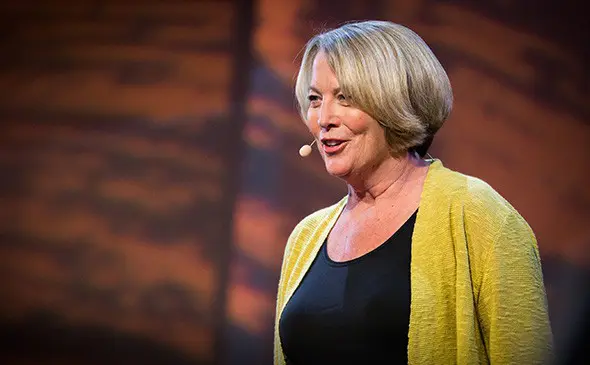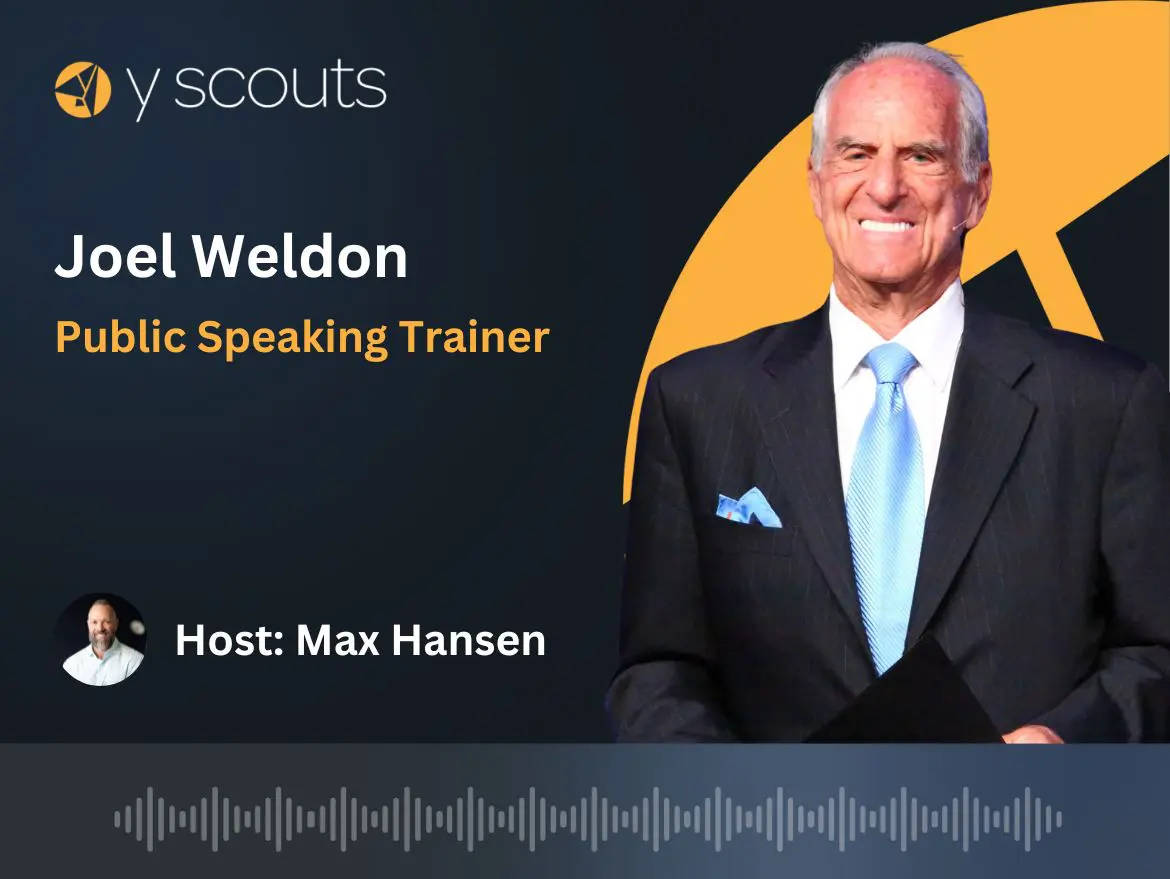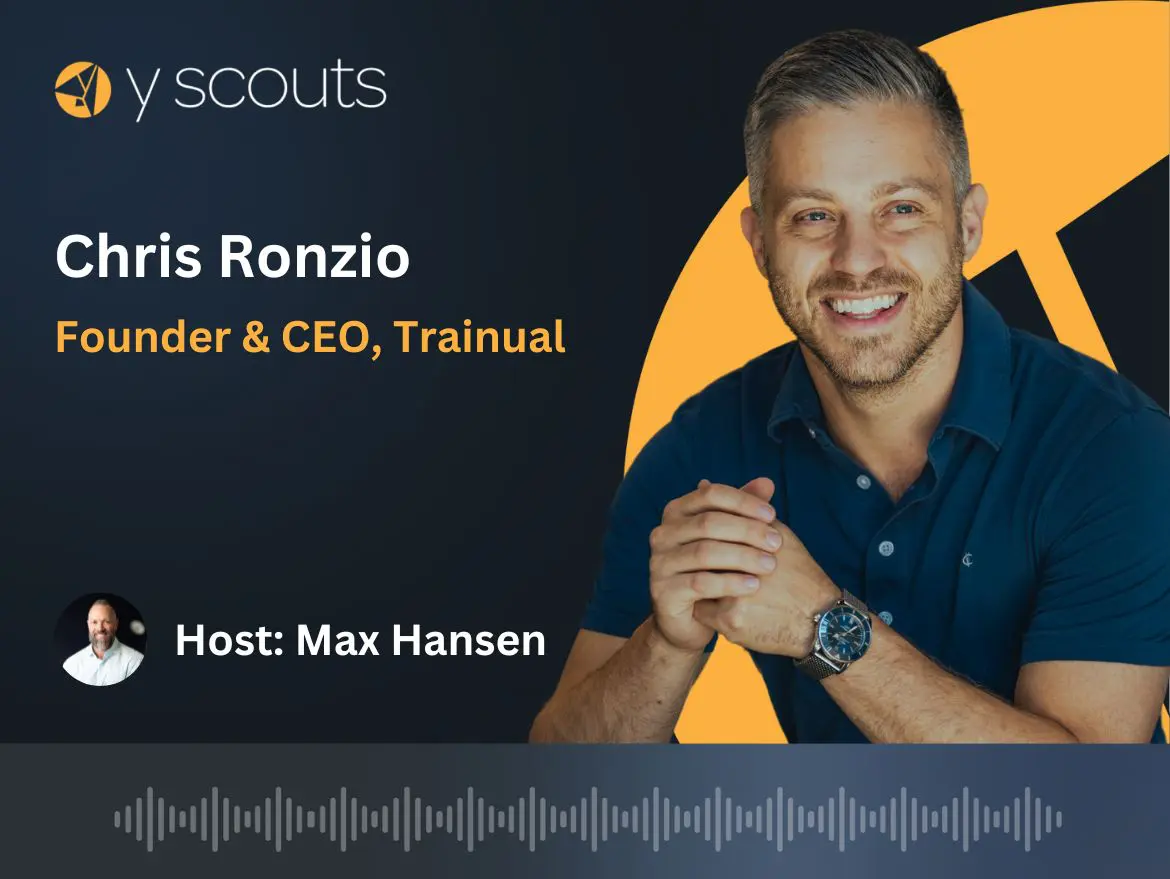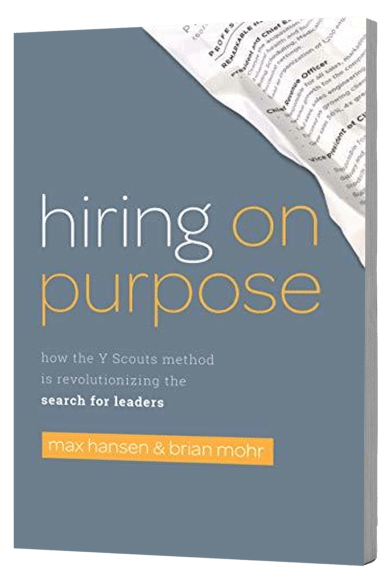
Patty McCord is someone who is truly helping push the boundaries of the way we think about work. During her time as the Chief Talent Officer of Netflix she created the famous Netflix Culture Deck, which has been viewed more than 13 Million times on Slideshare. More recently, Patty has been focused on advising innovative companies like Warby Parker, HubSpot and GitHub to name a few – about developing culture and leadership.
Table of Contents
ToggleShow highlights:
- If you can’t describe what success looks like in a role, then you’re just going to fill the job.
- Interviewing is like painting. It’s all in the prep.
- Patty’s backwards recipe for success in hiring.
- Why a deep driving trait you want in a dedicated leader is judgement.
Show links:
Here’s a few of the transcribed highlights from the interview:
Let me give you something you may not know about me. I’m a recruiter. That’s my background.
I loved being a recruiter for a couple of reasons. It’s quantifiable. I could say that I contacted this many people, I did this many phone screens, this many interviews, made this many offers. I liked it a lot because I could pattern recognize when I got it right.
As I recruiter, I knew that everyone was replaceable. There was no magic person in every job, forever. That eventually people move in and out of their careers. I loved it when people left the company because that gave me a new job to hire for.
I really loved getting deep inside what people love to do. When I started thinking about that, every person is motivated differently. They’re driven differently. The matchmaking of trying to achieve that couples with learning and understanding what people do. That’s the magic of good talent matching.
It’s a discipline that involves digging deep into both sides of the equation.
Where we went wrong, at least internally at most large companies, into a butts in seats, fill the requisition, check off the tick boxes. For example, I always had to fight against the cost per hire or time to hire metrics. I don’t care how long it takes to get the right person. If we find them tomorrow, great. If we find them six months from now, then that’s what it’s going to take to find the right person.
I think the “butts in seats” and “speed to fill” metrics help organizations lose sight on what matters most. When you check off the boxes and value the metrics, that’s where success lies. Can we really scale when all the jobs we’re hiring for are so incredibly unique?
Here’s how I think we can. We have these networks of connections now that used to the exclusive network of recruiters. Almost everybody knows someone who knows the right person. It’s that ability to work with recruiters – not turn the job over to recruiters.
I think the most successful ways to hire are true partnerships. That’s where I get frustrated with my startups sometimes is they have 7 headhunting firms and they all do a good job. You can’t do a job with 7 different firms all working on the same job. That’s just crazy.
You need somebody who is going to sit with you and deeply understand what you’re trying to accomplish. The way we make this a better, more efficient experience is having a 50/50 relationship with recruiting and whoever is hiring. A true partnership.
If they can’t describe what success looks like, then you’re just going to fill the job.
How do we actually get to some level of authenticity in the interview?
I say that interviewing is like painting. It’s all in the prep. We already started with step 1. What does success in the role look like? Here’s Patty’s backwards recipe for success.
First you start with the timeframe. I usually say six months to a year, depending on the level of the role. If we hire the right person in that role and things were amazing, what would be occurring then, that’s not occurring now? Then I tell people to list out all of their metrics to measure success. Everyone has numerals. Spit them all out.
Then I say to make a movie of it. If I’m walking around, are there more meetings or are there less meetings? Are people’s heads down? Are they working collaboratively? What does it look like?
That gives you the behaviors and the drive and the motivation. What somebody wants to get engaged with in purposeful work.
Now that I have my movie and I have my metrics, now I say okay, in order for those things to happen that aren’t happening now, what does somebody need to know how to do?
Now you get to the skill set that’s never on the job description. Then you look at the skills and experiences that would lead someone to know how to do that.
I like this reverse thinking because most people write job openings to describe (a) the person who left that they didn’t want to leave (b) the fantasy person who doesn’t exist (c) whatever it will take to get the req approved.
Now I’m going to have a much more open mind to diversity of thought. In my “a” example, I’m going to describe someone who is just like me. Like attracts like. Now I’ve worked myself backwards. Now I know what we’re trying to achieve. Now I what it’s going to take to do it. Now I know what they’re going to do and what skills and experiences that would lead me there.
Then – and only then – take a look at the team and see who you’ve got. Think of how rich of a job description I have.
Let’s go back to the prep on interviewing.
You have to do that hard work first of defining the problem to be solved, the timeframe and what success looks like. Then you have to be extraordinarily disciplined about putting together the interview team, the phone screen, figuring out what’s going to happen in what order, the timeframe, who’s going to follow up with who.
How can you know that someone is going thrive because the work matters to them?
It’s digging into what’s motivated and demotivated people in the past. My algorithm for success: is what you love to do, that you’re extraordinarily good at doing, something that we need someone to be great at? We need to know what “great at” is. If somebody can do the job and they’re not great at it and they don’t love it, they always kind of piss you off. You wish they were great at it. If you’re passionate something, and the company doesn’t care, then you’re always frustrated.
Especially at the executive level, I like to get into failure. We all have it. Especially at the executive level, they’ve screwed up a bunch. If you had to do it differently, what would you do? That’s really important at the executive level. It’s not what somebody knows. But how they got to the knowing.
I think for CEO’s, the deep driving traits you want in dedicated leaders is judgement. Judgment is the number one skill. The ability to make the right call.
And that doesn’t show up on a resume. Judgement is rarely an accomplishment on a resume. Good decision making. These are things that really require deep digging.
Or much more commonly at the executive level, there are three right answers. All three of them have merit, validity, data and preconceived outcomes. Much of the time as an executive, you just pick one. That’s all you can do. Especially if you’re in a company full of innovation.
You have to make a decision. The other part of leadership is going back to tell the team about the data you had going into the decision, and here’s what I was wrong about. The context behind it. And that’s what creates good judgement. The important part of the judgement is communicating that a mistake was made and they’re okay with that.
You mentioned in a previous interview that you advise startup CEO’s to be interviewing at least three times a week. Can you elaborate on the importance of CEO’s spending their time doing the interviewing?
First of all, it’s practice. A lot of them as first time CEO’s come from another branch of the company. So they learn an inordinate amount by talking with people from all the different functions in the company. It’s also a tremendous signal to the entire company that finding the right people is important.
As a CEO, you own the change. You own putting together the right team to achieve what you believe the company can achieve. Recruiters don’t own it.
The message that it sends, that the CEO relentlessly seeks talent…people imprint on their CEO’s. When you have a company that’s hungry for change and is always reaching out in those networks, then whoever steps in to make the discipline of hiring the right person, can tap into all those networks.
Listen to more episodes from the Built On Purpose podcast at yscouts.com/podcast.





